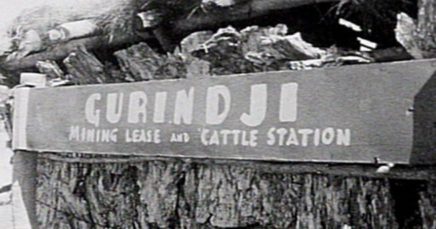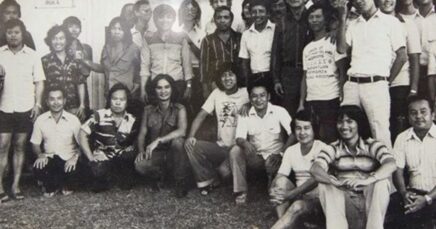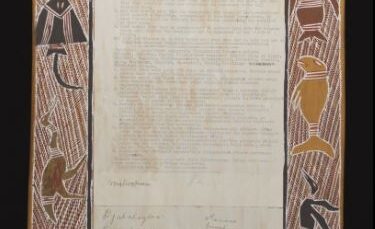On 2 September 1941, unionists gathered at Melbourne’s Trades Hall for a special conference.
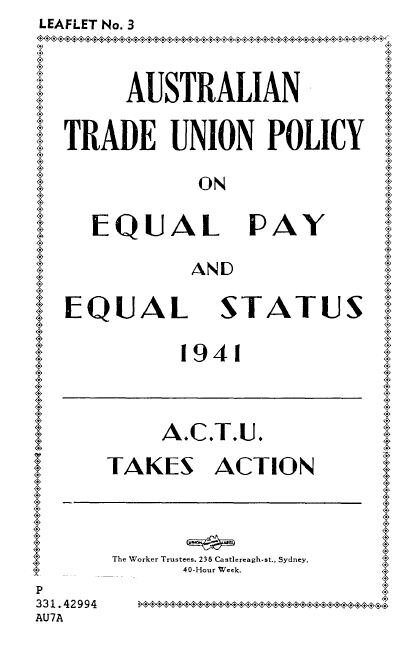
In August of that year, the ACTU Congress made campaigning for equal pay for women workers official union policy.

The September conference put that pledge into action, bringing women unionists together to plan how to press their case to the Arbitration Court.
Union women and their allies had been campaigning for pay equality since the 19th century.

Muriel Heagney was a unionist who spent six decades campaigning for equal pay. She helped create the Council of Action for Equal Pay in 1937 – a group of women unionists who campaigned against sexism.
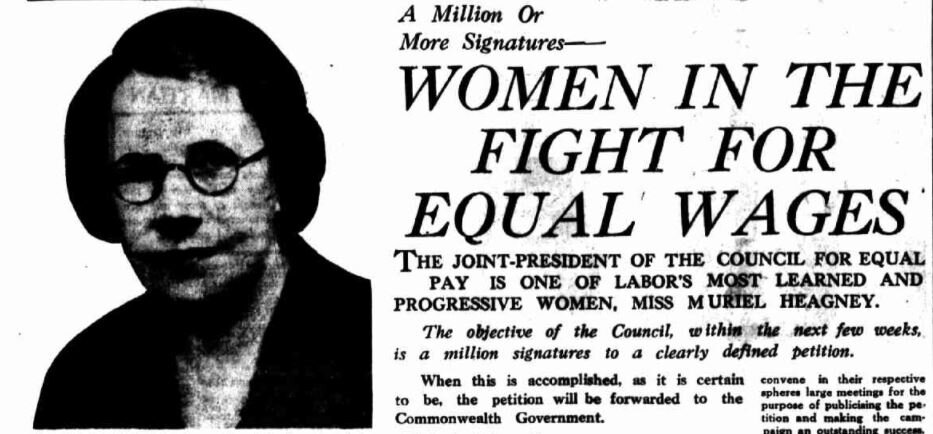
It wanted to change attitudes in the union movement and to take action against sexism in the workplace and broader society. This group’s activity led to the ACTU’s policy supporting equal pay.
In 1941, Australia was at war. Large numbers of men were joining the military, and women were entering parts of heavy industry they hadn’t been able to before the war.

But despite providing a vital service to the war effort through this work, they were not paid at the same rate as the men who had done these jobs.
Through the war years unions campaigned for increases in women’s wages – with some really important successes.
But once the war ended, these gains were taken away. So the union campaign for equal pay continued.
In 1969 an ACTU case at the Arbitration Commission saw equal pay for women who did the same work as men.

In 1972, another ACTU case saw equal pay for comparable work – addressing the systematic sexist undervaluing of occupations predominantly made up of women.
Since then, unions have campaigned to make this legal right a practical reality for women workers.
Today, unions continue this proud legacy – campaigning against sexism and for gender equality.

